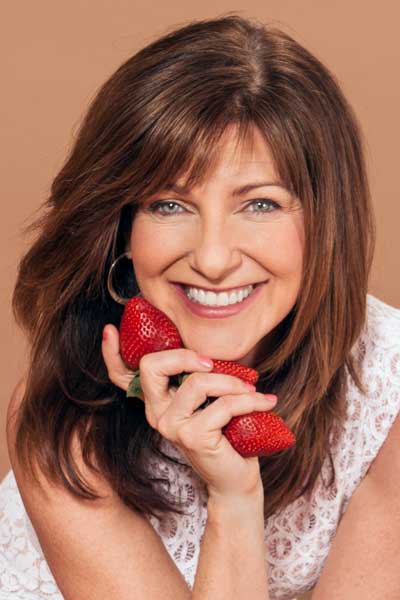
3 Ways to Get More Probiotics Without Popping Another Pill

When I was younger, I remember thinking that bacteria was a bad word. It represented something that should be avoided at all costs. Now, I know better. In recent years, we've all heard a lot about probiotics, from health reports on the news to marketing blurbs on our favorite yogurts.
In fact, our intestines have more than 500 types of bacteria. Some are beneficial, and some are not. Our diet and lifestyle can help to keep the balance of good and bad bacteria in check. One way to do this is to consume beneficial bacteria, also known as probiotics.
The World Health Organization defines probiotics as "live microorganisms, which when administered in adequate amounts confer a health benefit on the host."
Many studies have evaluated the potential health benefits of probiotic use, and the results have been quite promising. For example, some research shows that two common types of beneficial bacteria, Lactobacilli and Bifidobacteria, may regulate cancer growth and even promote cancer cell death, according to a 2008 study in the journal Cellular Microbiology. Other work revealed that probiotics may enhance the effects of the vaccine against rotavirus vaccine — the most common cause of severely dehydrating diarrhea in infants and children, according to a 2008 study in the journal Vaccine.
But how can we get more probiotics into our diets without adding another pill to our daily routine? Here are three ways to increase your body's beneficial bacteria-load naturally.
1. Eat more yogurt. Choose a yogurt that contains fewer than 10 grams of sugar per serving. Greek yogurt is typically low in sugar, so this is a good choice. [8 Tips for Fighting Sugar Cravings]
2. Get to know your kraut. Raw sauerkraut is an amazing source of probiotics. Just be sure to buy your kraut in the refrigerated section to get the biggest benefit. You can even make your own. In her book "Beauty Detox Solution," (Harlequin, 2011) nutritionist Kimberly Snyder shares a recipe for what she calls Probiotic Enzyme Salad, which is a type of sauerkraut.
Sign up for the Live Science daily newsletter now
Get the world’s most fascinating discoveries delivered straight to your inbox.
3. Fiber up! You may be wondering how beneficial bacteria can survive in your body. How do these microorganisms eat? Well the answer is, they eat what you eat. Your dietary choices can determine whether you feed the good bacteria, or the bad ones. Beneficial bacteria thrive on things like fiber, while harmful bacteria thrive on sugars and alcohols. So consume more fiber-packed foods, such as leafy greens, oatmeal and whole grains.
Healthy Bites appears weekly on Live Science. Deborah Herlax Enos is a certified nutritionist and a health coach and weight loss expert in the Seattle area with more than 20 years of experience. Read more tips on her blog, Health in a Hurry!










